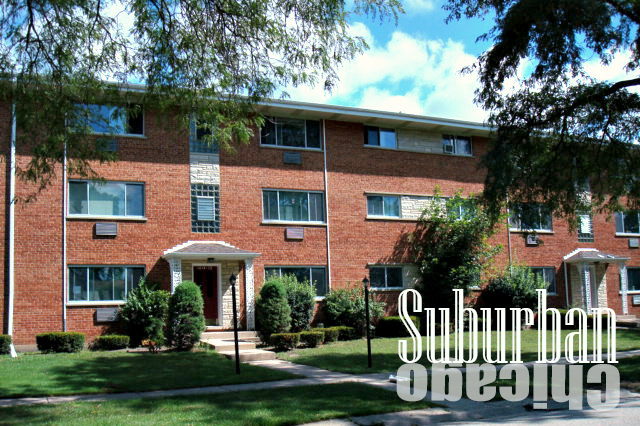By John Meyer & Victoria Michael, Kiser Group
By all appearances the Chicago suburbs are struggling; large corporations have been reducing their exposure to suburban commercial real estate at an alarming pace for the last 5 years. However, suburban apartments built in the 1960’s and 70’s continue to thrive because they serve a market with insatiable tenant demand. As a guide, we broke down Suburban Chicago’s class B & C multi-family sales records of closed transactions in 2015 in various counties.

If we take a look at vintage suburban apartments, they offer an affordable product at a time where rent growth has outpaced wage growth. Households falling into the categories of rent-burdened or severely rent-burdened are prominent, making the suburbs more attractive given the price differential with the city. Pricing can go nowhere but up when there is no increase in the supply of vintage apartments, but the number of households entering the rental market is at an all-time high. This counteracts the national trend of a renaissance in urban living with new construction, amenities, and of course, huge rents. The opportunity for buyers to invest in suburban apartments with unending demand and literally zero supply risk has been too good to pass up.

Most investors predict multi-family to remain a top performer for years to come, and as a result, the market is awash in capital, both equity and debt. What did this all mean for the sales market of suburban apartments in 2015? All the positive data continued to invigorate buyers to invest in apartments at prices that have exceeded the previous peak in 2007, and in select locations, top it by as much as 20%.
Any modicum of real value added potential and bidding on the property was hotly contested in 2015. Pricing records were shattered, yet the market is easily absorbing the increase in pricing that was achieved, which only reinforces investors’ appetite. This run-up would suggest a bubble, yet the fundamentals continue to support pricing. 2015 proved to be a banner year for the sales of suburban apartments and the 2016 outlook for multi-family landlords is as rosy as ever.

